Opinion: Vivo X50 Pro – A gamble around a gimbal
A calculated risk
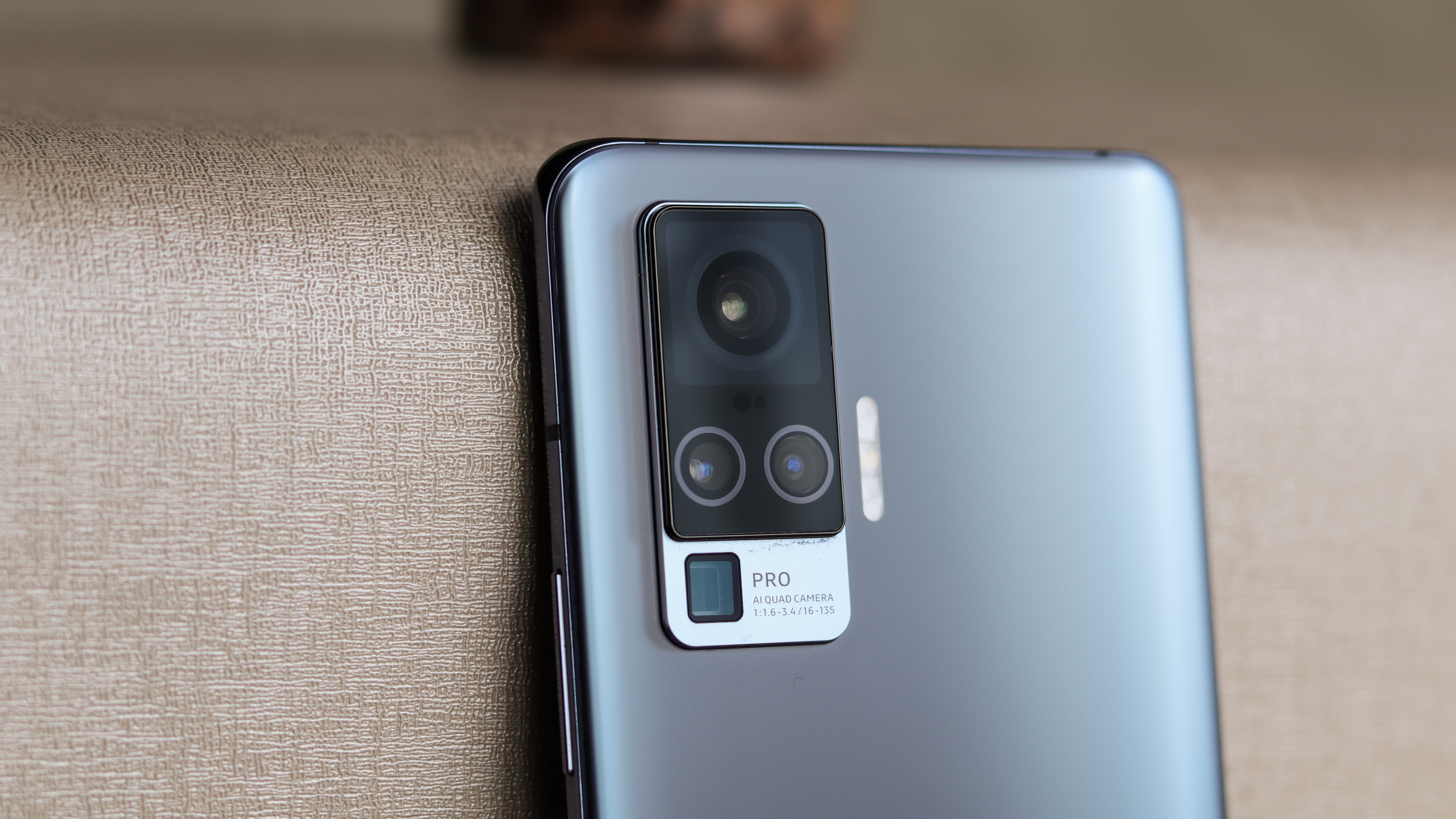
A more than decent camera setup is a critical requirement that users expect on a smartphone regardless of the price it sells. Of late, a lot of innovation has gone into improving the rear camera hardware and as a result, we have 64–megapixel sensors available in mid-range smartphones, a 108-megapixel sensor in flagship phones and last but not the least, the periscopic camera setup that offers creepy levels of hybrid zoom.
For people in the subcontinent, who click a lot of selfies, brands have ensured that this requirement is well taken care of. We've had devices with toting large camera sensors from the likes of Oppo and Vivo in the past.
Speaking of Vivo, the company has recently marked its re-entry into the “flagship” segment with the new Vivo X50 Pro after a brief sabbatical after the Vivo Nex that was launched in 2018.
In terms of the camera module, the X50 Pro seems to have a combination of almost everything, a 32-megapixel selfie camera, a periscopic 8-megapixel telephoto lens with 5x optical zoom and up to 60x digital zoom, a 13-megapixel short telephoto, an 8-megapixel ultra-wide lens that can double as a macro shooter for those share-worthy macro shots of flowers in your home gardens, and a 48-megapixel f/1.6 custom primary shooter with a gimbal module.
Apart from the camera set up, the phone also ships with, for obvious reasons, a large 6.56-inch AMOLED panel with a curved display boating a 90 Hz of refresh rate, a large battery, 256 GB of storage along with 8 GB of RAM.
Of course, there is a Qualcomm Snapdragon 765G processor that powers up the entire unit that is priced at Rs. 49,990.
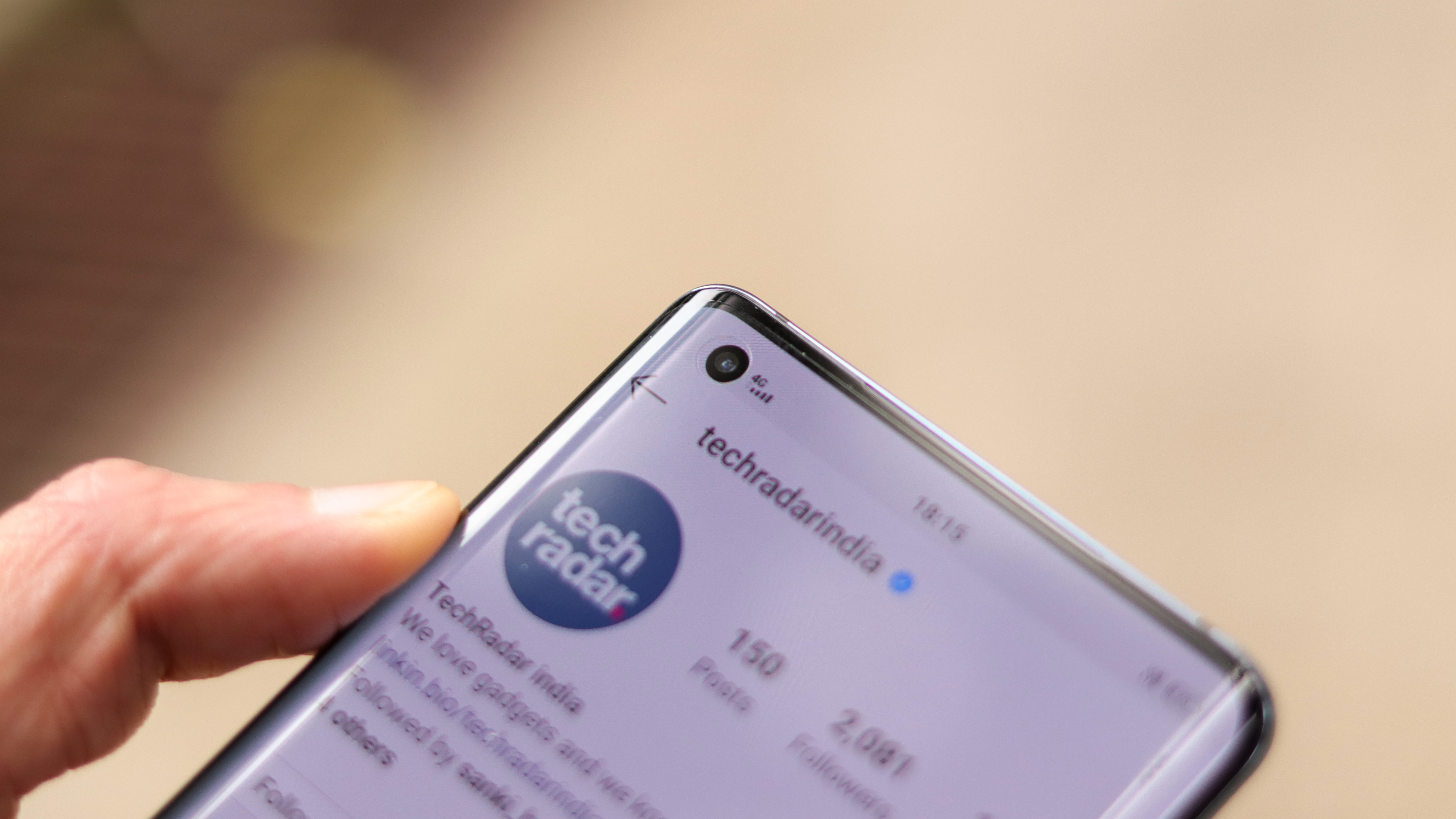
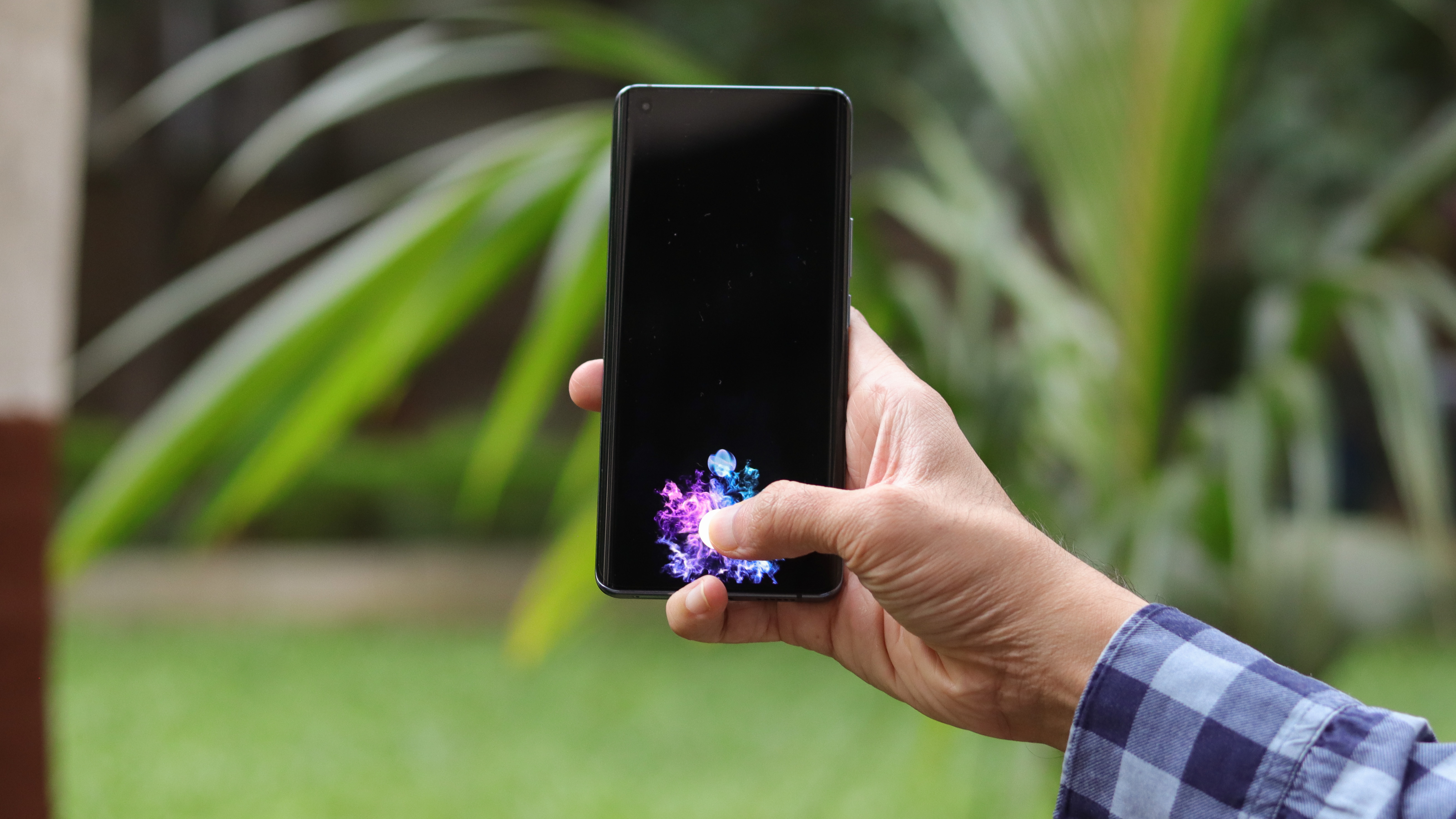
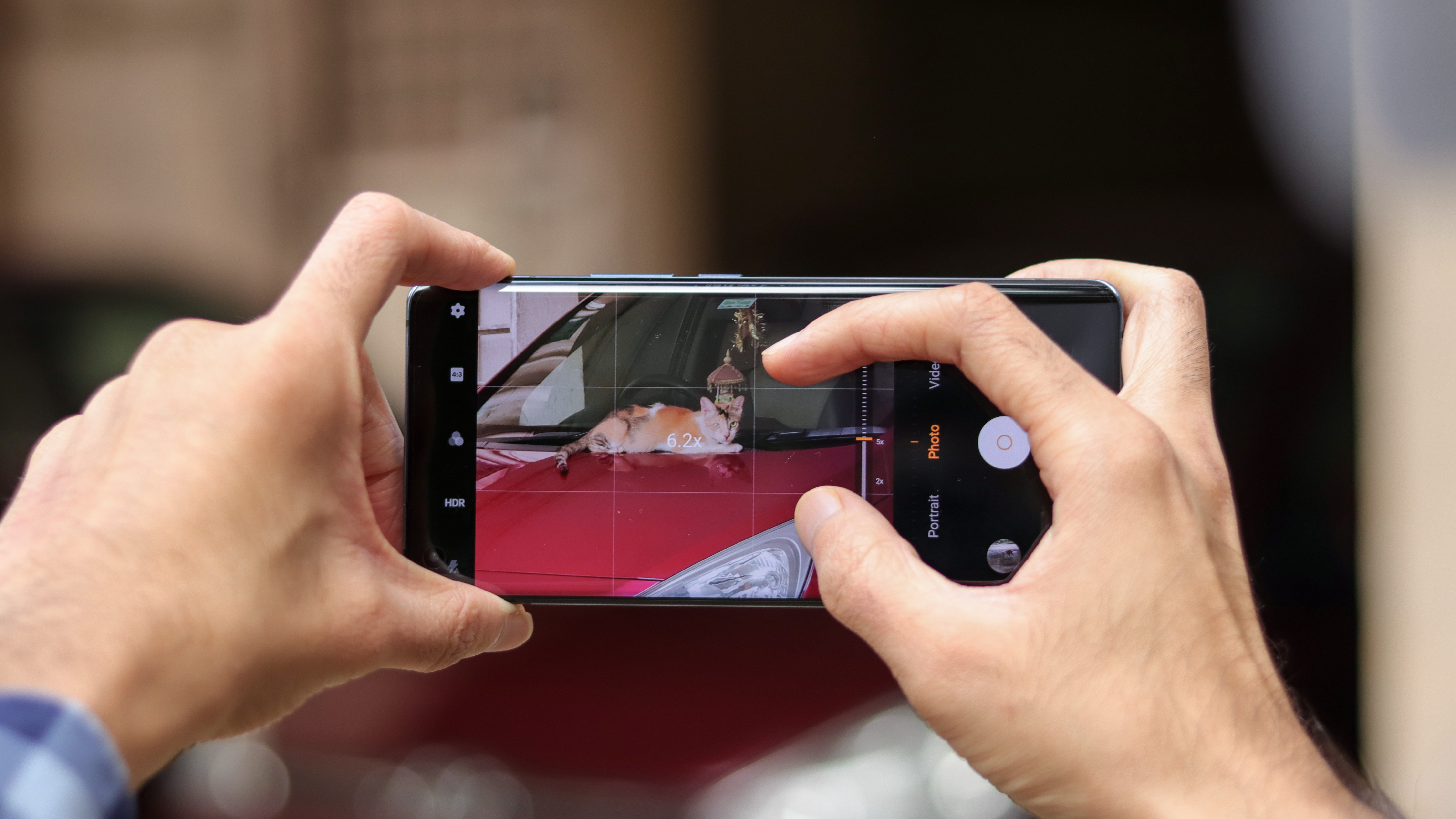

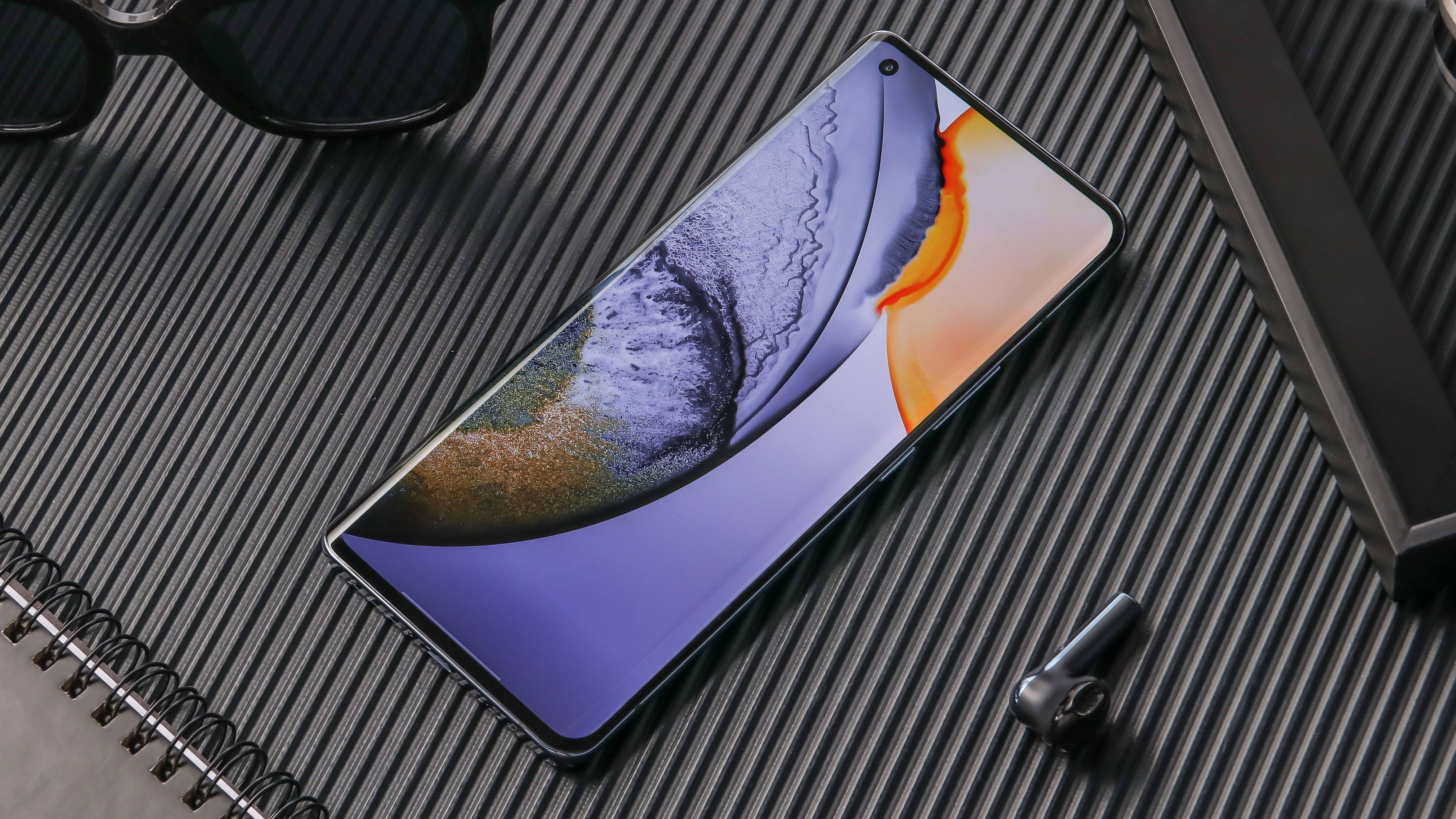
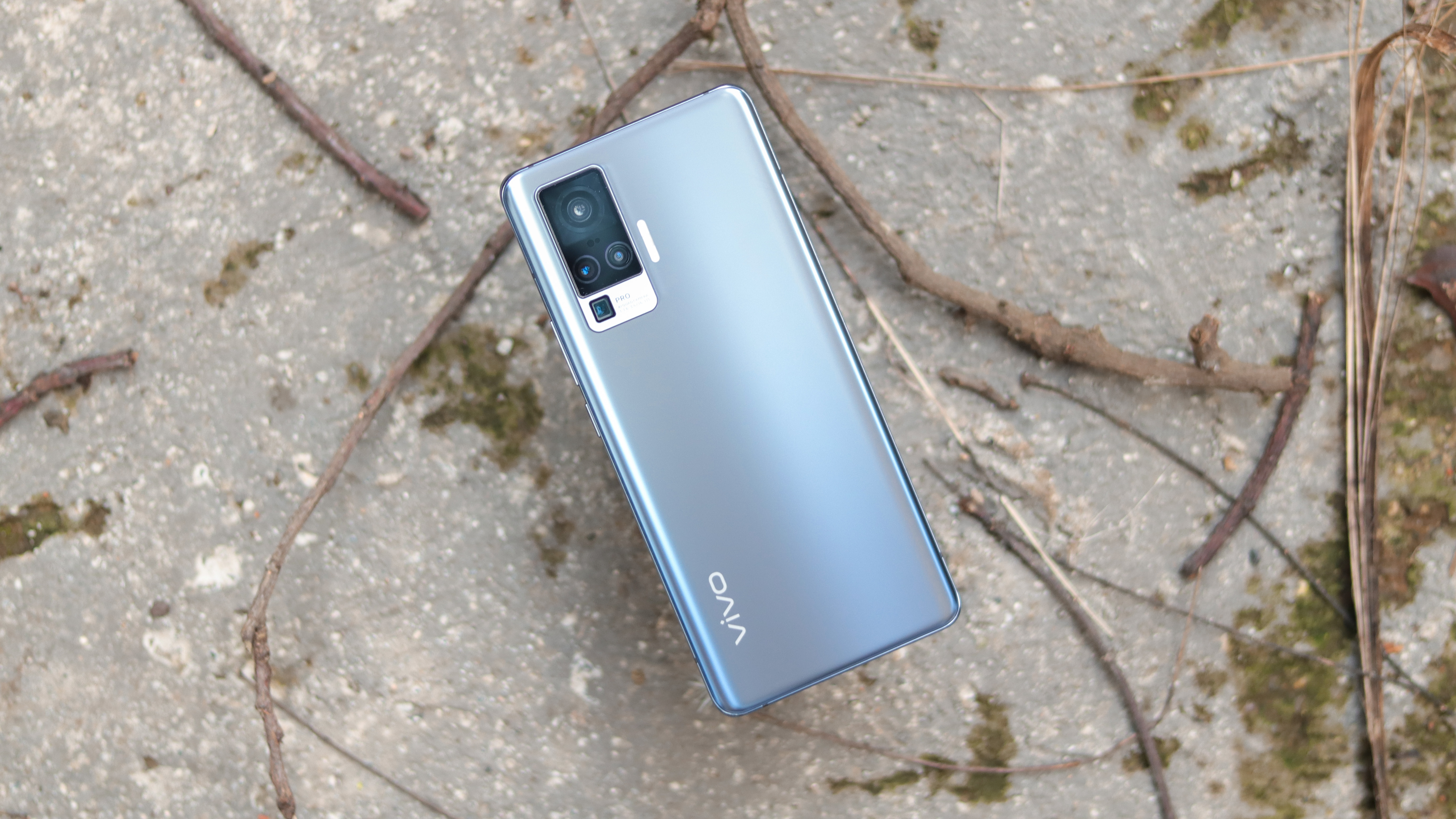
Ahead of the competition
While the device does have a lot going for it in terms of a package, however, it is a tad tough to figure a Pro device costing a premium to offer a mid-level SoC. Readers may recall that apart from Nex, Vivo has not launched any other device with true flagship specifications in India. It not only had the Snapdragon 800 series SoC but also came with an innovative pop-up camera and in-display fingerprint sensor apart.
Get daily insight, inspiration and deals in your inbox
Sign up for breaking news, reviews, opinion, top tech deals, and more.
With its primary focus on camera and music, a tag that the company has thankfully moved away from, Vivo launches in India had a bias towards megapixel count rather than doing what some others have been doing – offering flagships at affordable prices. Furthermore, Vivo has been demanding a premium for these devices.
From a user’s perspective, this is slightly tricky since on the one side, you have smartphones that are offering more for the price paid and on the other hand, there is a brand offering a device at a small premium for an experience. Mind you this isn’t a brand like Apple or even Samsung that arrogantly demands a premium for the name or even OnePlus that has been able to create a niche by offering bang-for-the-buck devices with consistency levels that they can claim the big league.
- Best camera phones under Rs 25000
- Best camera phones under 20000: which one should you buy
- Best value for money phones under Rs 20,000 in India
- Best smartphones under Rs 40,000
The conundrum
While Vivo deserves credit for democratizing stuff like pop-up selfie cameras and an in-display fingerprint sensor that has changed the entire smartphone experience over the last few years. However, the company has been reticent to provide all of its innovations from back home in China to its Indian users.
For Instance, the Nex 2 was a great follow up device to the original Nex and had a dual display and it worked like a charm rather than a gimmick. Sadly, the phone never made its way to India. Same is the story with Nex 3 that had a waterfall full-view display and pressure-sensitive keys rather than physical buttons.
With the phones that are launched in India, Vivo introduces some of these innovative features though often it leaves us with a “something missing” feeling. The reason they resist bringing the complete flagship phones to India could be the fact that Vivo knows that it has a very price-conscious user base in the country - one that prefers making a purchase decision at the brick and mortar store and may not be willing to pay a high price for an outright innovative product. Hence, it comes up with devices like the X50 Pro that offers good bits of the technology that it innovates back home.
To buy or not to buy?
The pricing of Vivo X50 Pro, however, may go against this logic and it is up to the users to decide if they want to spend a premium for a device that has the camera as its primary feature. Mind you, there is a Pixel device waiting to launch and we know what Pixel devices can offer with just one or at most two sensors.
To its credit, Vivo has indeed taken a bold step with a gorgeous looking X50 Pro and that gimbal stabilised sensor may allow steady images and videos. However, a good majority of its user base may prefer buying from an offline store or may not even know how to use a gimbal in the first place.
If the company is aiming at the “more aware” online buyers, then we may not have to wait for long to see the feedback right from those that really matter.
Jitendra has been working in the Internet Industry for the last 7 years now and has written about a wide range of topics including gadgets, smartphones, reviews, games, software, apps, deep tech, AI, and consumer electronics.
